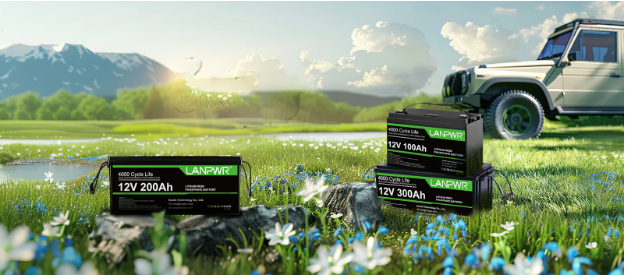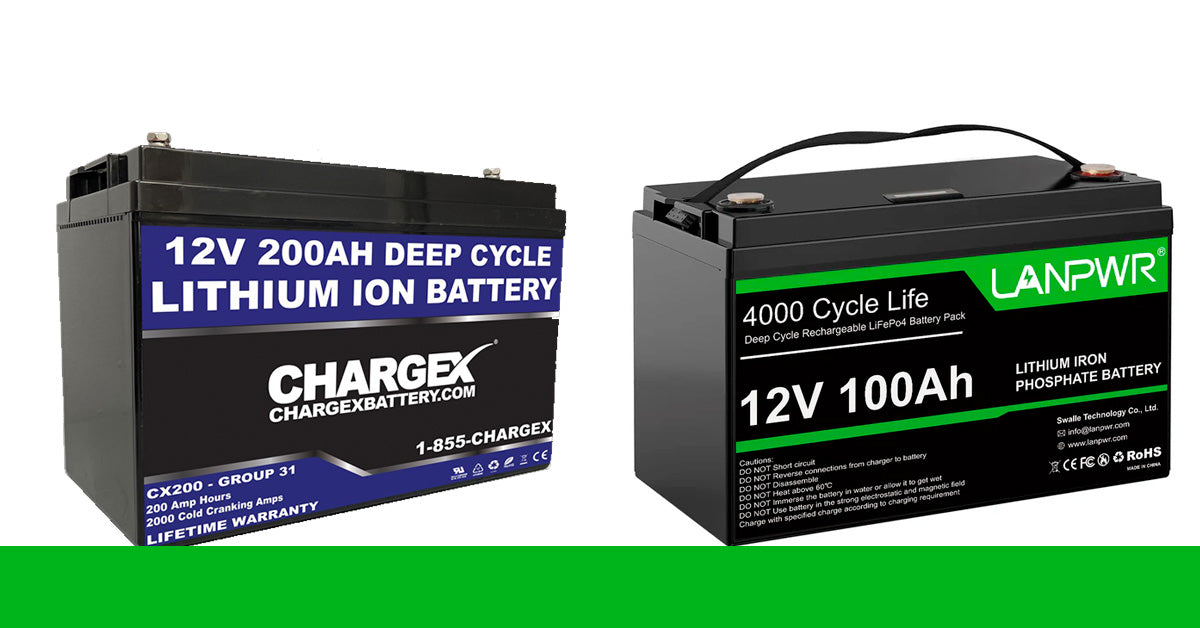LiFePO4 batteries, often known as lithium-ion Iron Phosphate batteries, are a type of rechargeable battery belonging to the lithium-ion battery family. Their popularity is attributed to their high energy density. LiFePO4 batteries are generally used in applications such as portable electronics, electric vehicles (EVs), and renewable energy storage systems.
Why you should maintain your LiFePO4 batteries
All batteries can pose a risk if not maintained or handled according to the manufacturer’s instructions. Like any other battery, LiFePO4 batteries also need frequent testing and checking to increase lifespan. You are advised to perform a routine inspection for high performance. Regular maintenance practices like charging and proper storage help to extend their longevity. Some of the risks related to lithium-ion batteries include overheating, which can cause fire or an explosion.
However, the main risk for lithium-ion batteries is when the components break down at extremely high temperatures, causing the battery to overheat and catch fire. Lithium-ion batteries are grouped as dangerous goods under the Australian Dangerous Goods Code, and there have been many reported incidents of lithium-ion battery fire outbreaks across the country that have caused severe damage to vehicles and homes.
Here are some valuable tips to help you maintain LiFePO4 batteries:
Proper Charging
Li-FePO4 batteries have specific voltage and current requirements for charging. Always use chargers that are compatible with the LiFeO4 batteries. Using incompatible chargers that are made for other types of batteries can lead to severe damage to your LiFeO4 battery. Follow the manufacturer's recommendations regarding charging voltage and current to prevent overcharging.
An overcharged battery may lead to overheating, damaging the battery and decreasing its lifespan. Lanpwr LiFeO4 batteries have a superior built-in BMS (Battery Management System) that regulates vitals to keep the battery safe, secure, and built to stand the test of time. The BMS helps protect the battery against Overcharging, overdischarge, overcurrent, short-circuit, high temperature, and low temperature.

Avoid Complete Discharges
LiFePO4 batteries are more resilient to deep discharges than other lithium-ion chemistries, but frequent deep cycling can still impact their longevity. Aim to maintain the depth of discharge (DOD) between 20% and 80% whenever possible to minimize stress on the battery cells.
The depth of discharge (DOD) refers to the percentage of a battery's capacity that has been used during a discharge cycle. Excessive discharge beyond these limits can accelerate capacity degradation and shorten the battery's lifespan.
Temperature
Temperature can affect the performance and longevity of your LiFePO4 battery. Extremely high temperatures cause the battery to degrade rapidly while low temperatures lead to its low performance. You are advised to keep your LiFePO4 battery between -20°C to 60°C.
Lanpwr batteries are built to withstand diverse environmental conditions, both indoors and outdoors. To enhance battery longevity, we recommend using Lanpwr products in moderate temperatures (60 to 100°F) whenever possible.

Frequent Battery usage
The performance of LiFePO4 batteries can be degraded if they are left lying idle without usage for a longer time. Another trick for maintaining these batteries is putting them into regular use. If you intend not to use your battery often, you are required to charge and discharge it occasionally to maintain its good condition.
Handle your battery with Care
Generally, LiFePO4 batteries are known to be safe and reliable. However, they can still pose a threat if they're mishandled. You need to apply safety measures by carefully handling your battery and following simple precautions. Some of the ways of mishandling the battery may include crushing it, exposing it to heat or very high temperatures, and allowing it to come into contact with water or other liquids, among other things. If you're uncertain about how to handle your LiFePO4 battery, seek a professional or read and understand the manufacturer's guidelines.
Proper Storage
You need to take precautions about where you store your LiFeO4 battery. When you are not using your battery, store it in a cool, dry place away from direct sunlight.
battery charge percentage is also essential. If you plan to store the battery for a short period of time, a charge of between 20%-80% is recommended. On the other hand, If you plan to store the battery for an extended period, you are advised to charge it to 50%. It's important to periodically check the battery's state of charge and recharge if necessary when stored for extended periods.
Monitor Your Battery's performance
Regular checking of your LiFePO4 battery's performance can help you detect any problems early on before they exacerbate. It is important to have a monitoring tool like a multimeter to examine your battery’s voltage. If you happen to notice any slight changes in your battery’s performance, like a decrease in capacity, chances are high that the battery is starting to lose its quality and may need to be fixed or replaced soon.

By applying these maintenance tips, you can be rest assured of high-performing LiFePO4 batteries. Keep in mind that, correct charging practices, proper storage, and frequent inspections are key to maximizing the longevity and efficiency of your LiFePO4 batteries. Purchase high-quality LiFePO4 batteries from lanpwr.com and enjoy a wonderful experience of reliable, safe, and efficient energy storage for your solar systems and electric vehicles.














Leave a comment
This site is protected by hCaptcha and the hCaptcha Privacy Policy and Terms of Service apply.